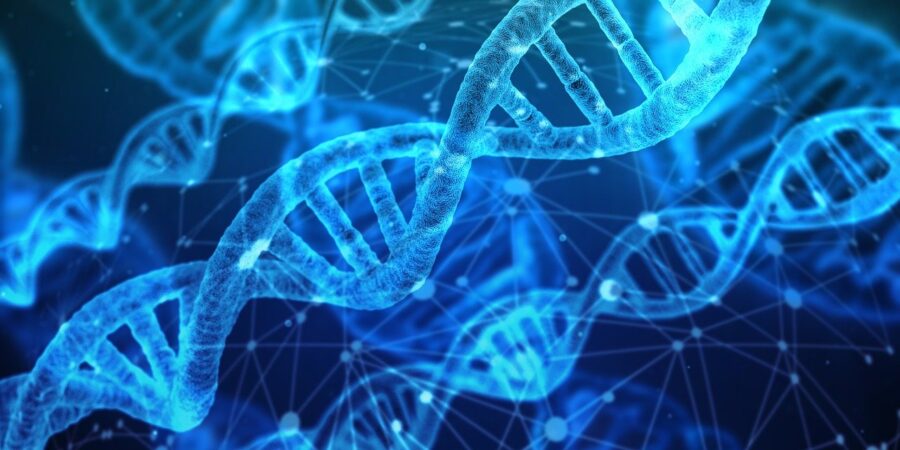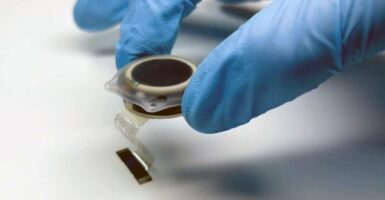Scientists Find Ancient DNA In A Brick, What Secrets Does It Hold?

According to Science Alert, researchers from the University of Oxford in the UK, the National Museum of Denmark, and the University of Copenhagen in Denmark have been able to extract DNA from ancient clay bricks for the first time.
This discovery means that scientists will be able to get a glimpse into the flora, and possibly fauna, that was around at the time these bricks were used. Essentially, it means that literal building blocks from ancient times can provide us with insight into the genetic building blocks of living things at the time.
Scientists have been able to extract DNA from ancient clay bricks for the first time
The bricks that the DNA was extracted from would have been made around 2,900 years ago in what is now northern Iraq. They would have originated from ancient peoples by mixing water from the Tigris River with chaff, straw, animal dung, and other materials. These bricks can then preserve small plant particles for years after the brick was made. The researchers were able to extract this material by using a similar technique they use on other porous materials, like bone.

Using this technique, the researchers were able to decode the plant DNA and identify 34 different taxonomic groups of plants. Apparently, the clay and materials used are able to protect and preserve the plant matter within, which means we could see more interesting findings from other bricks and building materials used around the ancient world. It may let researchers make a more accurate catalog of the flora and fauna that existed around ancient peoples.
It’s also helpful that the brick was naturally dried rather than fired and that the plant matter was extracted from the middle of the brick, where it is protected best from the elements. The particular brick used in this DNA study was discovered in the palace of the Neo-Assyrian king Ashurnasirpal II, who would have ruled in the ancient city of Kalhu.
The clay and materials used are able to protect and preserve the plant matter DNA within
The palace was likely under construction sometime between the years 879 and 869 BCE, which is something that was more easily ascertained thanks to inscriptions in the clay that indicated they were used in the palace.
Some of the main plant families found in the brick included those with the most abundant DNA in the brick including Brassicaceae. That is part of the cabbage and mustard family, and Ericaceae, which is part of the heather family.
The researchers found DNA strands from a number of different families
While the Brassicaceae and Ericaceae were most abundant in the brick, the researchers also found DNA for Betulaceae, which is in the birch family; Lauraceae, which is the laurels family; Selineae, which is in the carrots and parsley family; and Triticeae, which is in the cultivated grasses family.
It’s certainly interesting that these findings can give us a more exacting look into what humanity’s ancestors might have been growing or using around these times.
Theoretically, this method of extraction from brick would also be able to recover fragments of animal DNA. Plant matter is better preserved, but there’s no reason well-preserved animal matter wouldn’t be able to be extracted, too. It’ll be interesting to see this method applied to other archeological sites.












